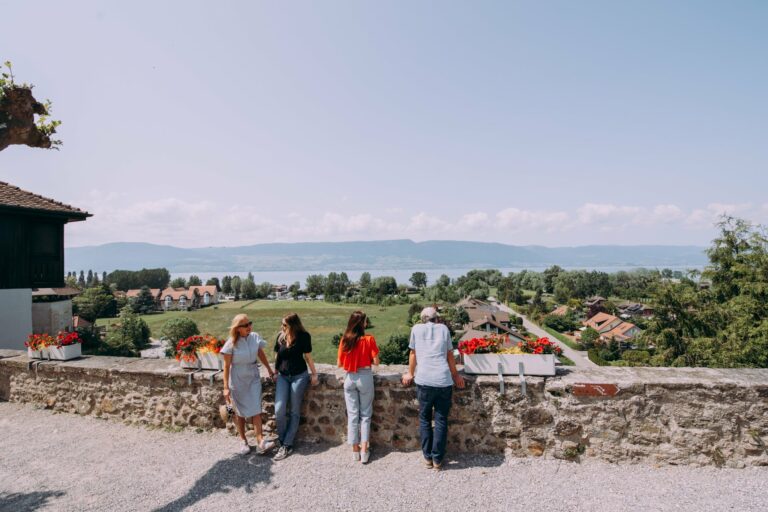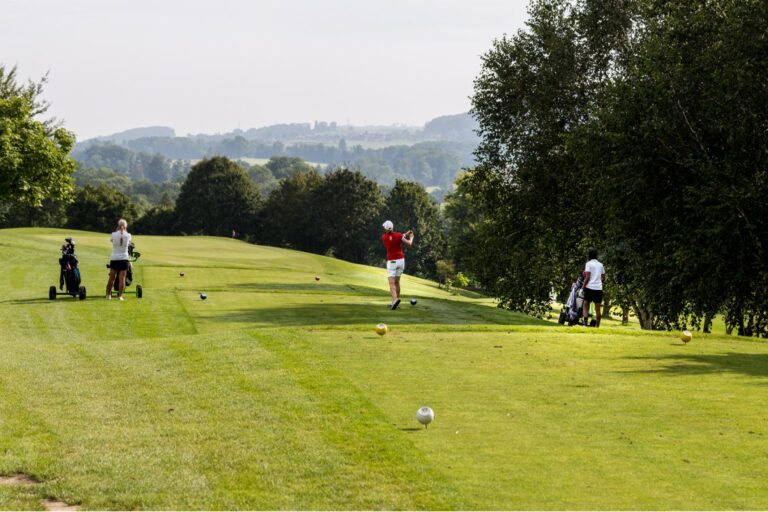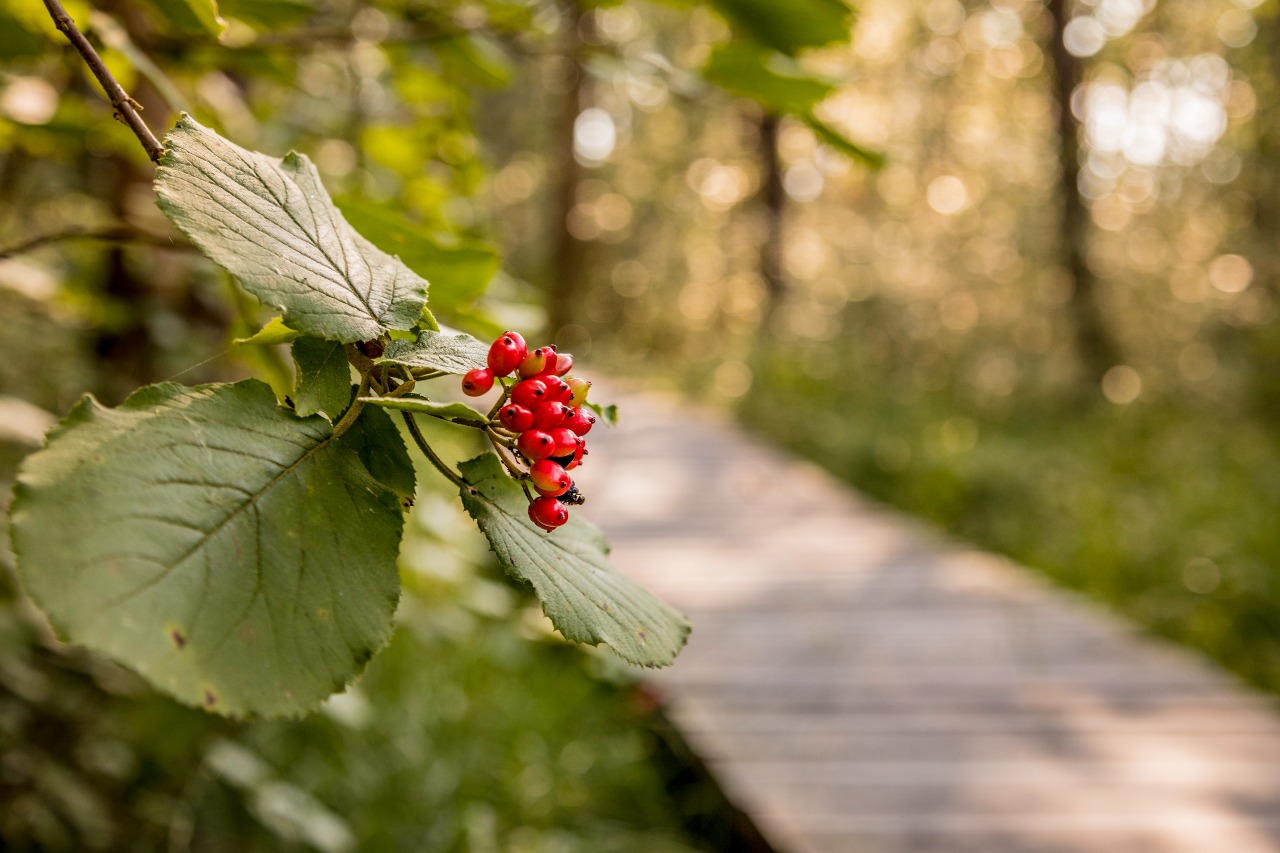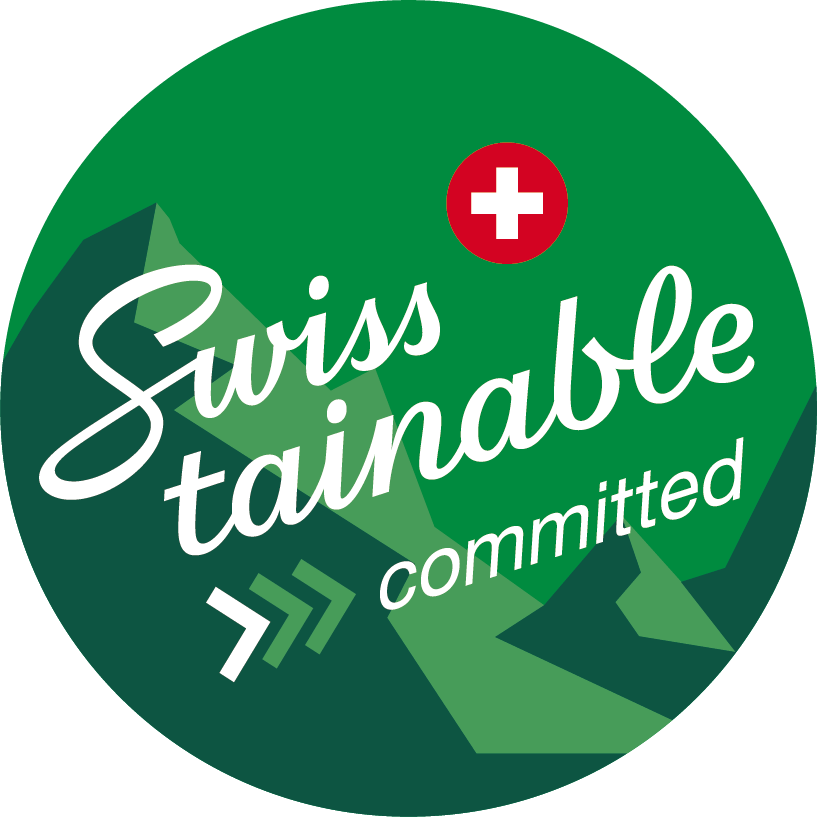8 tips for hikers
1. The planning process
In order to peacefully enjoy an immersion in the heart of nature, to have fun, to be surprised by the landscapes, it is important to plan your escapade as well as possible.
Choosing the place and type of hiking you want to do (mountains, lakeshores, forests, educational trails, etc.), but also checking the distance, altitude difference, duration or difficulty of the route are some of the tasks to be done before departure. Getting an idea of the different picnic possibilities (tables and benches, small clearing) or catering along the path and planning more time for hikes with children, older people or in groups makes it easier to experience these moments of escape.
2. The choice of equipment
The shoes
It is important to choose the right shoes so as not to hurt yourself and feel comfortable during the entire hike. Here are some of the criteria that are important:
1. Rigidity (foothold, grip)
2. Support (ankle and lower tibia support)
3. Sole grip
4. Protection, waterproofing (stone guard, side reinforcements etc.)
The socks
Socks protect against friction, provide a certain form of comfort when walking, wick away perspiration and insulate. The choice is made according to the function:
1. Shoe size (in case of intermediate size, take below to avoid wrinkles)
2. Height: must go higher than the collar of the shoes
3. Thickness: too thick, they are less tight and move more easily, too thin, they protect and insulate less. To be defined according to the weather.
4. Reinforcement areas, breathable
The pants
1. Synthetic fabric (better wicking of perspiration, quick drying)
2. Convertible into shorts (adapts to weather conditions and effort), with reinforcement at the buttocks
3. With lining or thick material in case of cold
4. Many pockets
The top
1. The base layer: quick-dry (technical t-shirt)
2. The intermediate layer: keeps warm (polar)
3. The outer layer: protects against wind and rain (windproof, parka)
The sticks
1. Provide safety and stability, reduce muscle impact, spread effort over four limbs, work the upper body and relieve joints.
2. Lightweight, possibly telescopic, with strong tips
3. Be careful not to get your feet caught in the sticks at first
3. Plan enough to eat and drink
The body needs carbohydrate during exercise. The ideal is to eat light but regularly in order to maintain the carbohydrate level constant over the duration of the effort. It is therefore important to take with you what to eat (cereal bars, grape sugars, dried fruit, nuts, hazelnuts, compotes…).
It is recommended to drink about 500ml of water (energy drinks or hot drinks in winter) per hour depending on the efforts made.
4. Mini-breaks
Taking a few minutes break every hour or so helps to eliminate metabolic waste that accumulates in the legs during the hike.
5. Bring something to help you find your way around
Taking a compass, a GPS or having a good app on your smartphone can avoid many inconveniences and getting lost in the heart of places you may not know perfectly.
6. What about safety?
It is wise to go on a hike with several people or at least to let someone know where you are going and which route you are taking. Just before leaving, checking the weather conditions one last time ensures that you take less risk.
7. The emergency kit
Analgesics, plasters, steristrips, “compeeds”, Arnica (creams, capsules) or a soothing mosquito repellent and a pain relief cream, compresses, bandages, hydroalcoholic soap, a Swiss Army knife, tick spray and sunscreen.
8. Enjoy!
“Walking is about regaining one’s primitive instinct, one’s place and true position, one’s mental and physical balance. It means going with you, with no other recourse than your legs and head. With no other motor than that of the heart, that of morale.” Jacques Lanzmann
“The Walk is not about saving time but about losing it with elegance.” David Le Breton














